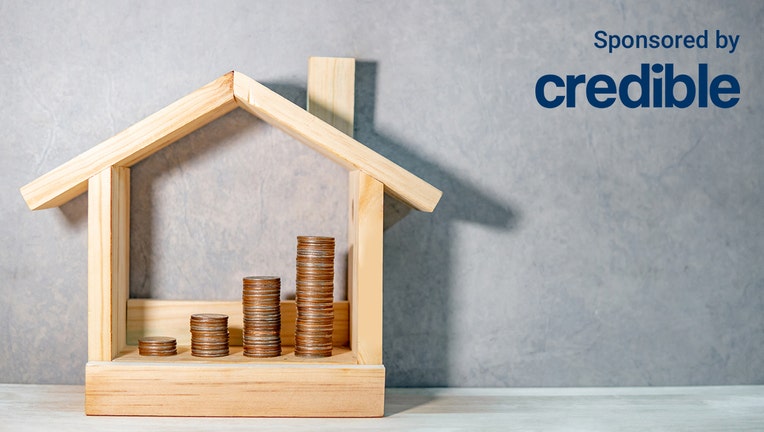How to get mortgage approval if your student loan is in forbearance

Federal student loan forbearance may sound great, but it could impact your ability to get a mortgage. Here’s what you need to know about qualifying for a home loan while your payments are paused.
In March, the Senate voted to pass the Coronavirus Aid, Relief, and Economic Security (CARES) Act in order to financially aid Americans amid the coronavirus pandemic. One of the defining features of the CARES Act was an automatic forbearance on federal student loan payments until September 30, 2020. While the suspension of payments has been a great assistance to some, for others it is causing unforeseen problems, particularly for would-be homebuyers who are looking to take advantage of today’s record-low mortgage rates.
If you’re hoping to qualify for a home loan and you have student loans that are currently in forbearance, read on below. We’ll explain how the automatic forbearance might make qualifying for a loan more difficult and what you can do to get approved.
How forbearance is calculated into a mortgage loan DTI
One of the main factors that lenders take into consideration when deciding whether or not to approve a mortgage preapproval or mortgage refi is your debt-to-income ratio (DTI). Your debt-to-income ratio measures how much money you owe in debts versus how much income you have coming in each month. Unsurprisingly, your federal loan payments will need to factor into that equation.
Credible can help you navigate the process without leaving the comfort of your home — just plug in some of your information into these free online tools to see what kind of rates you qualify for today.
TOP 5 QUESTIONS ABOUT STUDENT LOANS AND CORONAVIRUS
The problem with having your student loans in forbearance during COVID-19 is the way that forbearance is calculated in your DTI. When mortgage lenders collect information on monthly debt payments and a loan is in forbearance, often the payment information will not be reported. When that happens, lenders typically use 1% of the outstanding loan balance as an estimated payment.
Particularly if you have a high amount of student loan debt and are on an income-driven repayment plan, this could lead to an estimated payment amount that’s much higher than what you actually pay monthly.
Ultimately, that higher payment could end up raising your ratio so much that you are unable to get preapproved for a loan or you could be given a much lower loan amount than you might qualify for otherwise.
Visit an online mortgage broker like Credible to compare mortgages and get personalized mortgage rates in as little as three minutes without impacting your credit score.
3 REASONS TO PAY STUDENT LOANS IN CORONAVIRUS FORBEARANCE
How to get approved for a mortgage
That said, if you have your heart set on becoming a home buyer and investing in real estate, there are some things that you can do to clear up the confusion around your federal loan forbearance.
The first is to call your lender and ask them to take the forbearance off of your account. In that case, you would go on paying your loans as normal, which would allow your lender to access your typical payment information.
However, be aware that this might not be the most prudent option for everyone. For example, for those with student loan forgiveness, the time spent in forbearance will automatically count towards forgiveness, regardless of whether or not you make a payment, so it may make more sense to save your money in that instance,
The other option is to shop around until you find a lender who is willing to accommodate the situation and then to supply them with the right paperwork. If given documentation about your amortization schedule, interest rate, balance, and loan term, a lender will be able to recalculate your debt-to-income ratio with the correct student loan payment.
If you’re ready to take the next step, in addition to helping you find the best mortgage rates, Credible can help put you in touch with experienced loan officers who will be able to answer all of your mortgage-related questions.
HOW TO FIND THE BEST MORTGAGE RATES DURING CORONAVIRUS
What are today’s mortgage rates?
According to Freddie Mac, as of July 23, 2020, the rate for a 30-year, fixed-rate mortgage is at 3.01%, which is slightly up from a rate of 2.98% the previous week and down from a rate of 3.13% a month prior.
Although mortgage rates have been fluctuating slightly, on the whole, they are still near historic lows. These affordable rates can be attributed to a series of emergency rate cuts that the Federal Reserve performed in order to try and stimulate the economy amid the effects of the pandemic.
If you think you might be ready to take advantage of these low mortgage rates, use an online mortgage calculator to get a sense of what your monthly payment could be at the current interest rate. You can also explore mortgage loans via Credible.

